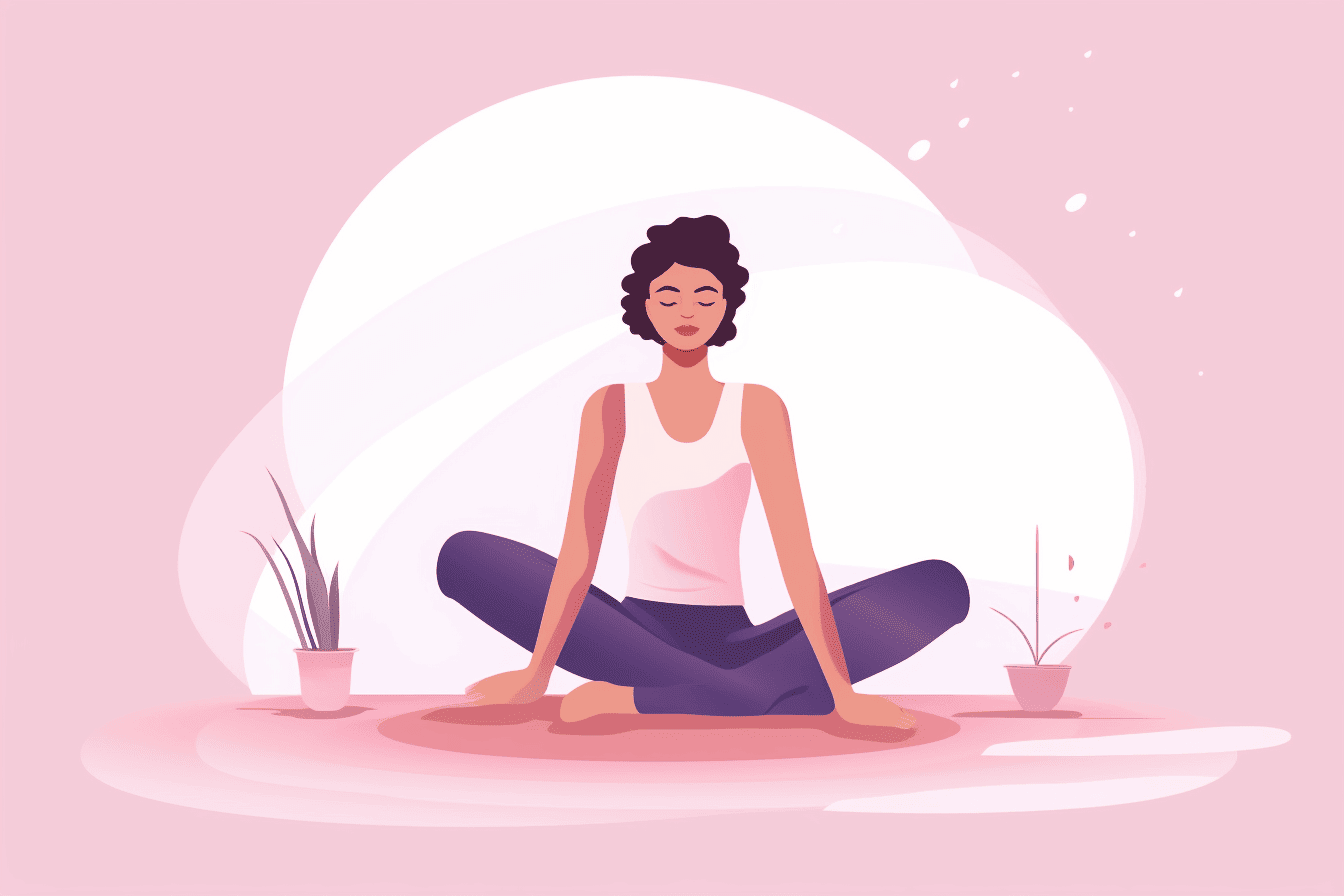47 Calming Activities for ADHD Adults: Reduce Stress & Gain Energy
Are you struggling with a whirlwind of thoughts, constantly seeking stillness?
As an adult with ADHD, these symptoms are all too familiar, disrupting your daily life. But what if I told you there’s a path to regaining control and finding inner calm?
In this article, you will discover a list of calming activities for ADHD Adults, including techniques like deep breathing and calming music to improve focus, reduce stress, and enhance emotional regulation for individuals with ADHD.
So take a moment, practice these calming activities, and embark on this journey towards a calmer, more focused you! But first of all, let’s look at some reasons why you can’t seem to relax.
Why can’t I relax with ADHD?
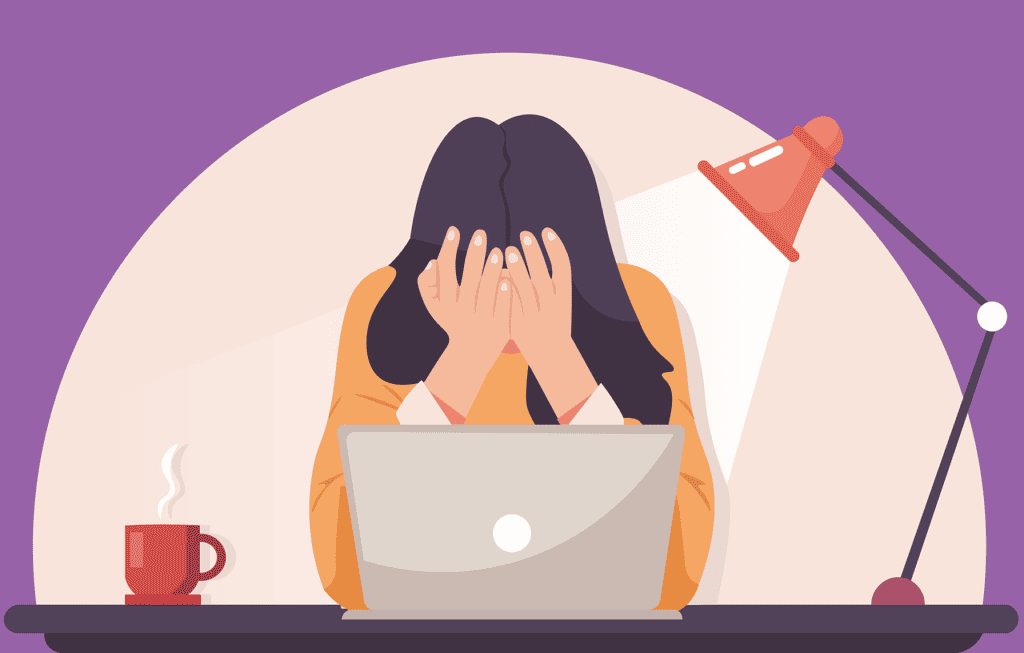
Relaxation can often seem elusive when you’re battling ADHD. Several factors contribute to this struggle:
Neurological Hyperactivity: According to Dr. Edward Hallowell’s book, “Driven to Distraction”, ADHD is characterized by a state of chronic hyperactivity in the brain. This means your mind is constantly on the go, making it difficult to achieve a state of relaxation.
Sensory Overload: As pointed out by ADHD expert Dr. Russell Barkley, individuals with ADHD often experience sensory overload. This means you may be overly sensitive to environmental stimuli, such as noise or light, which can prevent relaxation.
Difficulty with Transitioning: In a podcast episode by ADDitude, experts discuss how those with ADHD often struggle with transitioning from one task to another, including shifting from active tasks to relaxation.
Trouble with Self-regulation: The National Institute of Mental Health explains that ADHD adults often have trouble with self-regulation. This means it’s harder for you to manage your emotions, behaviors, and thoughts, making it challenging to relax.
Despite these challenges, there are many ADHD relaxation techniques to ease the mind and find serenity.
Remember, it’s not always easy to relax, and that’s okay. Be patient with yourself and keep at it!
By making self-care a regular part of your routine, you’ll gradually get better at finding moments of calm even in the midst of the ADHD whirlwind.
Now, let’s look at some calming activities for you to relax.
What are the best calming activities for ADHD adults?
1. Practice mindfulness meditation:
Mindulness meditation helps you manage distractions and impulsivity, boosting focus and emotional stability. Do this in a quiet space and watch how it calms your adhd mind.
2. Engage in progressive muscle relaxation (PMR):
Like a chill gym workout for your muscles, PMR reduces tension and calms the mind.
3. Practice deep breathing exercises:
Inhale through your nose, exhale through your mouth—it’s a quick way to find and stay calm.
4. Try body scan meditation:
Connect with your body, release tension, and understand how it responds to stress.
5. Get moving with regular exercise:
Boost neurotransmitters for attention and focus while soothing hyperactivity.
6. Explore guided imagery:
Escape chaos and improve focus by envisioning peaceful places such as beaches, forests and mountains.
7. Practice loving-kindness meditation (LKM):
Send well wishes to yourself and others for inner peace and better focus.
8. Do breath counting:
When feeling overwhelmed, counting breaths can help you regain composure.
9. Join a yoga class:
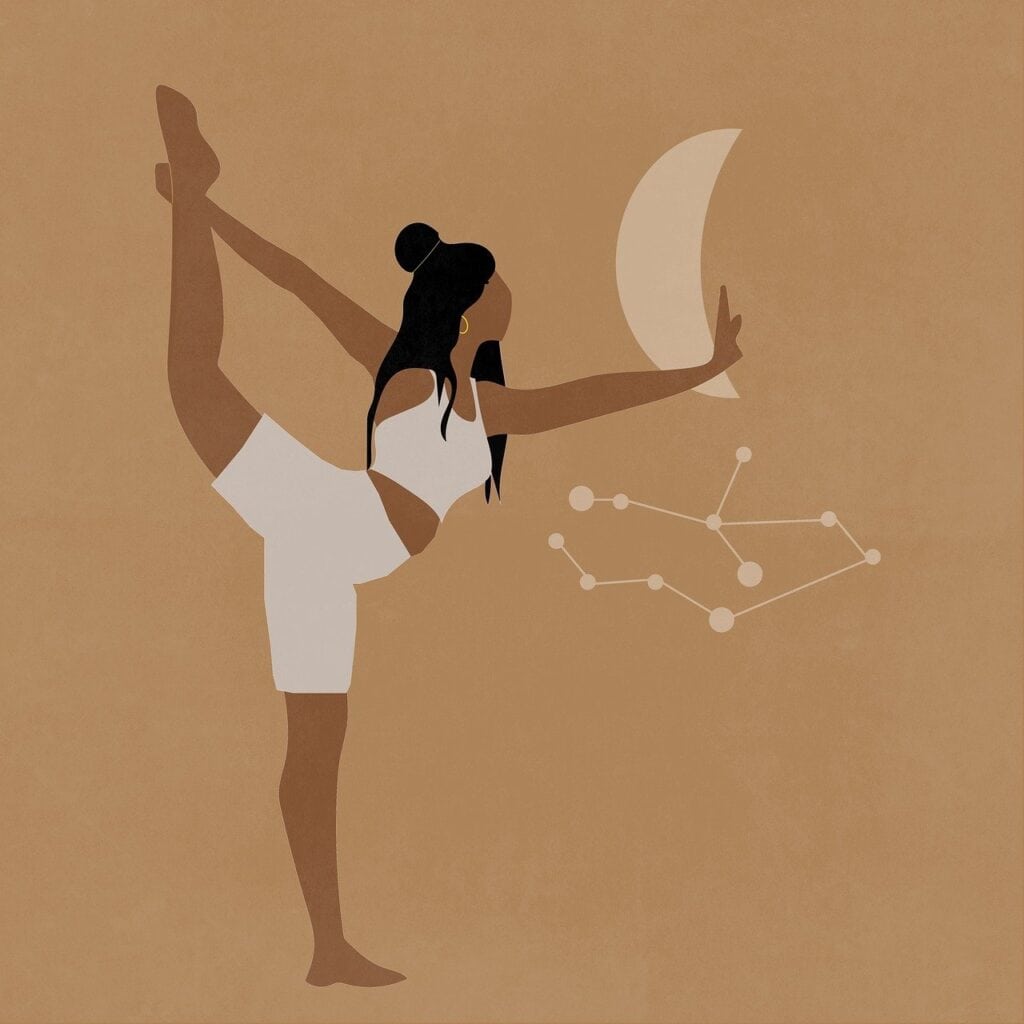
Find calm, balance, and focus through just a few minutes of yoga daily.
10. Try Tai Chi:
Ancient martial art that reduces stress, enhances focus, and promotes well-being.
11. Listen to brown noise:
Ditch the white noise for the calming sounds of brown noise that sounds like water or gentle breeze.
12. Create sensory bottles:
Watch glitter swirl for an instant dose of calmness.
13. Utilize aromatherapy:
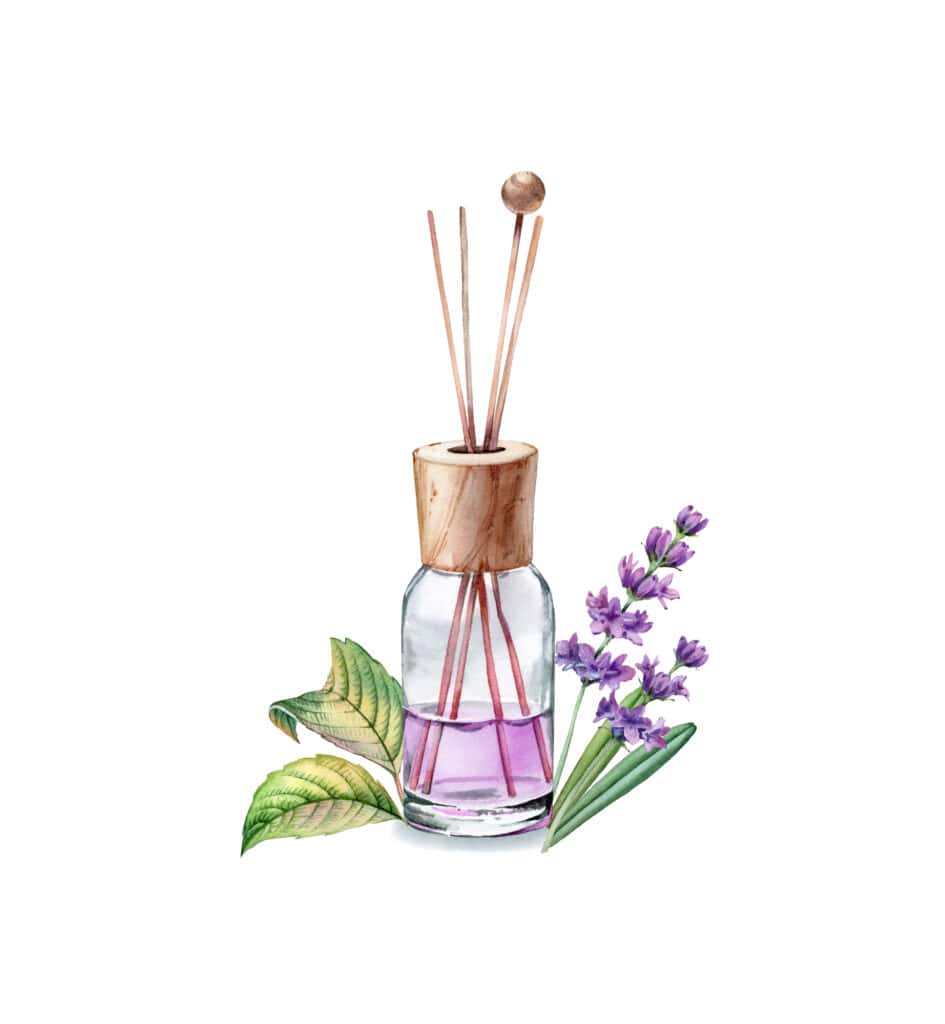
Lavender, chamomile, and bergamot scents promote relaxation and reduce anxiety.
14. Listen to relaxing music:
Curate a playlist with calming tunes for peaceful moments.
15. Spend time in nature:
Recharge your mind and find serenity by spending time in nature. It can promote your overall wellbeing.
16. Experiment with nature sounds:
Bring nature to you with soothing recordings of rustling leaves and flowing streams.
17. Color in coloring books:
Find calm and clarity in this calming activity by focusing on intricate designs.
18. Engage in creative writing:
Journaling or poetry can provide a therapeutic outlet for emotions.
19. Create art with mandalas:

Symmetrical patterns offer meditative experiences and a sense of accomplishment.
20. Dance freely to uplifting music:
Relieve stress and boost your mood through dance.
21. Do stretching exercises:
Release muscle tension and cultivate calmness with mindful stretching.
22. Take a mindful walk in nature:
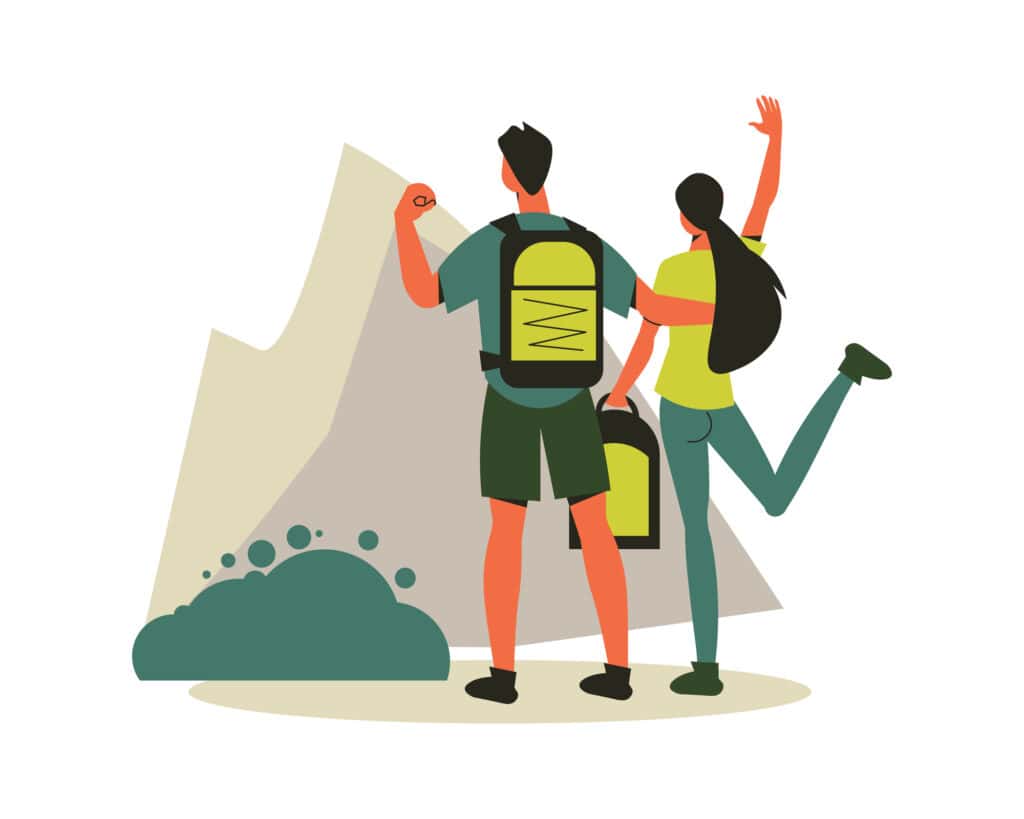
Find harmony and grounding through leisurely strolls outdoors. Take deep breaths and enjoy time in beautiful environments.
23. Play with fidget toys:
These small handheld toys provide sensory stimulation and nervous energy release.
24. Squeeze stress balls:
Reduce muscle tension and stress by giving these balls a good squeeze.
25. Use a weighted blanket:
Experience the comforting embrace of a weighted blanket for relaxation.
26. Create a calming playlist:
Curate your favorite calming tunes for moments of tranquility.
27. Try aromatherapy with essential oils:
Diffuse soothing scents to create a calming atmosphere.
28. Practice grounding exercises:
Anchor your mind in the present to reduce overwhelm.
29. Read a calming book:

Escape anxiety by immersing yourself in a soothing story.
30. Declutter & Clean Your Room:
Organizing your environment can help reduce distractions and promote a sense of peace and focus. Learn how to clean your room with ADHD.
31. Explore biofeedback:
Gain insights into your body’s stress levels and learn to control them.
32. Watch funny skits or comedy shows:
Laughter is the best stress reliever!
33. Have a DIY spa day:
Pamper yourself with face masks and bath bombs for relaxation.
34. Create a vision board:
Visualize serene destinations for an imaginative escape from stress.
35. Try laughter yoga:
Combine laughter with yogic breathing for a joyful exercise.
36. Build a calming indoor Zen garden:
Create a peaceful sanctuary in your home with sand and stones.
37. Play with kinetic sand or silly putty:
Engage your senses with tactile and soothing play.
38. Engage in sensory play with slime:
Enjoy the calming sensation of playing with homemade slime.
39. Write in a gratitude journal:
Shift focus to gratitude for a more positive outlook on life.
40. Experiment with DIY aromatherapy diffusers:
Personalize scents for a calming living space.
41. Join a local art class:
Enjoy creative expression and a supportive community.
42. Play a musical instrument:
Lose yourself in melodies for a calming experience.
43. Practice mindful eating:
Savor your favorite snacks mindfully for a more enjoyable experience.
44. Solve a puzzle or Sudoku:
Engage in cognitive activities for relaxation and focus.
45. Have fun with DIY origami or papercrafts:
Find relaxation in the art of folding paper.
46. Create and decorate a calming corner:
Designate a space for peaceful retreat in your home.
47. Walk barefoot on grass:
Experience grounding and stress reduction through direct contact with nature.
How do adults with ADHD calm down?
If you’re looking for fast and effective ways to relax and calm down, here are the top three things you can do to see immediate results:
- Mindful Breathing:Take a moment to focus on your breath. Take a deep breath. Inhale deeply and slowly, then exhale even slower. Doing this simple breathing exercise can work wonders. It activates your body’s relaxation mode, dialing down stress and anxiety within minutes.
- Physical Activity:Get moving! Take a brisk walk, do some jumping jacks, or bust out a mini dance party. Physical activity helps release all that built-up tension and energy. Plus, it boosts mood-regulating brain chemicals, leaving you in a calmer state of mind.
- Grounding Techniques:Stay present by grounding yourself. Try the 5-4-3-2-1 method: Name five things you see, four things you can touch, three things you can hear, two things you can smell, and one thing you can taste. This simple activity shifts your focus away from worries and brings you back to the here and now.
Other Tips for a Calm Mind for an ADHD brain
Sleep
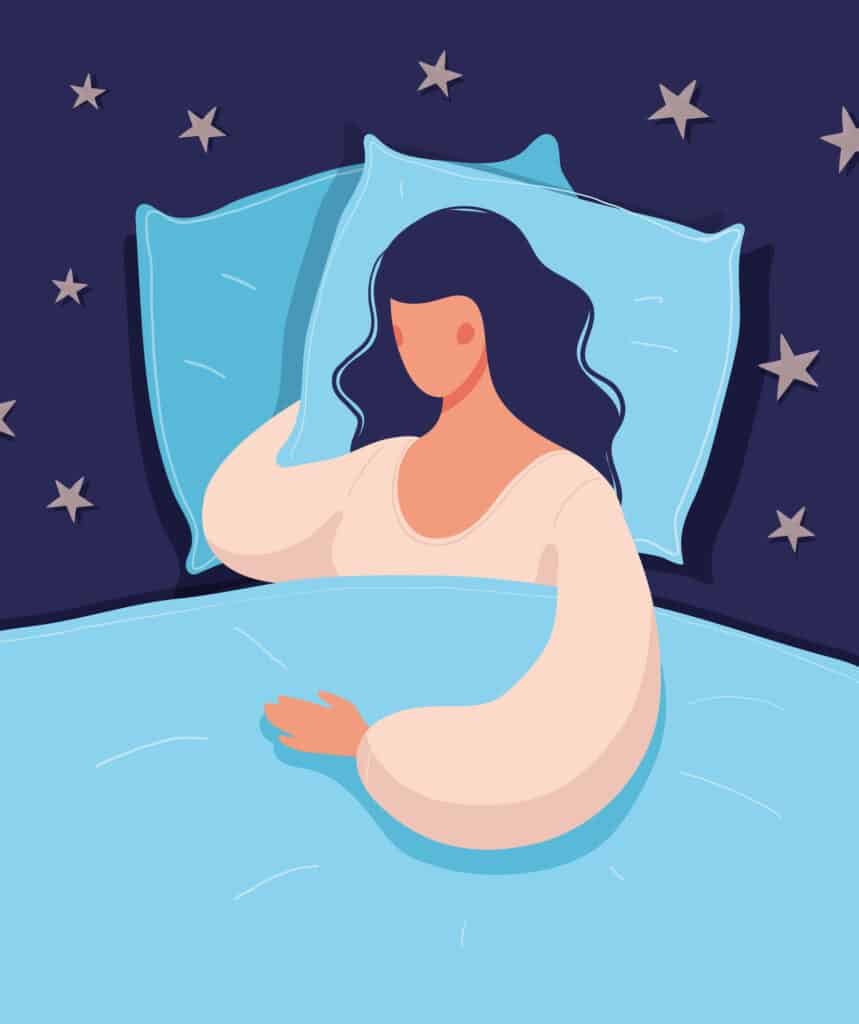
Getting enough quality sleep is incredibly important for adults with ADHD as it can significantly impact how they feel and function during the day.
To achieve better sleep, consider the following tips:
- Stick to a regular sleep schedule: Go to bed and wake up at the same time every day to regulate your body’s internal clock.
- Create a calming bedtime ritual: Engage in relaxing activities before bed, such as reading, gentle stretches, or listening to soothing music.
- Limit screen time: Avoid screens an hour before bedtime, as the blue light can disrupt your sleep cycle.
- Optimize your sleep environment: Keep your bedroom cool, dark, and quiet to create a comfortable setting for sleep.
- Avoid stimulants: Reduce or eliminate caffeine and nicotine in the evening, as they can interfere with falling asleep.
Nutrition
- Eat Nutrient-Rich Foods: Maintain focus and energy levels by consuming lean proteins, whole grains, and a variety of colorful fruits and vegetables.
- Avoid Processed Foods: Steer clear of overly processed foods and limit sugar intake to prevent blood sugar spikes and crashes that can worsen ADHD symptoms.
- Consider Omega-3 Fatty Acids: Some individuals with ADHD may benefit from including fish or flaxseeds in their diet, as omega-3 fatty acids are believed to have brain-boosting properties.
- Personalized Advice: For tailored dietary guidance, consult a healthcare provider or nutritionist who can provide personalized recommendations for managing ADHD through nutrition.
Sunlight
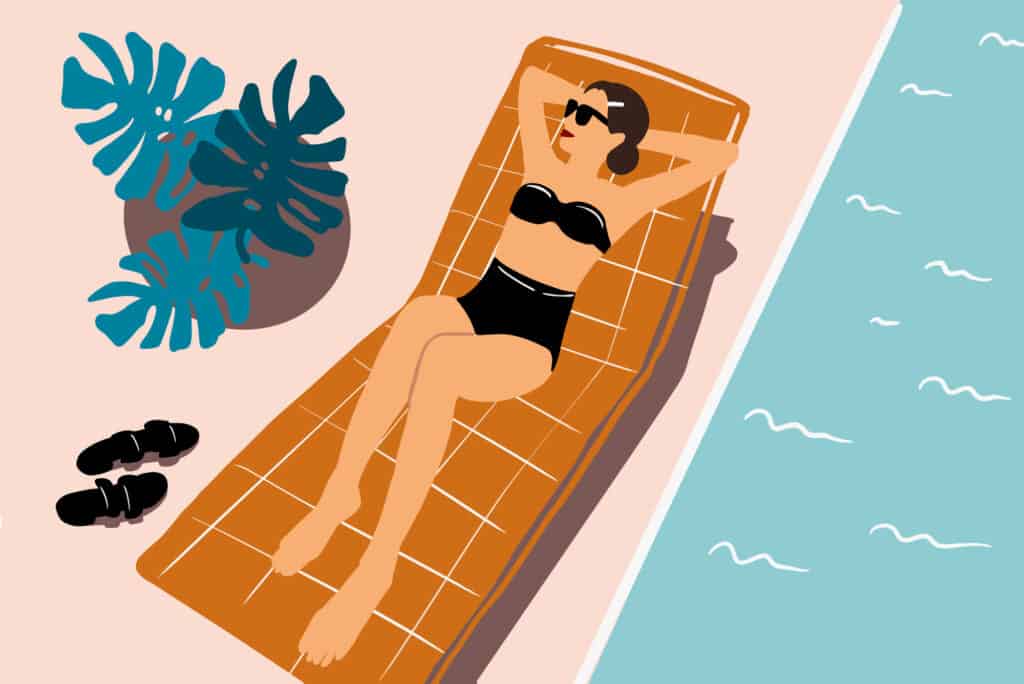
- Boosts Mood and Focus: Regular sunlight exposure regulates the body’s circadian rhythm and increases serotonin production, promoting a sense of calm and focus.
- Engage in Outdoor Activities: Activities like walking or gardening during daylight hours can increase your exposure to sunlight and its benefits.
- Remember to Protect Your Skin: When spending time outdoors, always use suitable sunscreen or wear protective clothing to shield your skin.
- Let in Natural Light Indoors: Keep drapes open to allow natural light into your indoor spaces, making them more sun-friendly.
- Consider Light Therapy: In regions with limited sunlight, light therapy devices can be a helpful alternative to boost your exposure.
Exercise
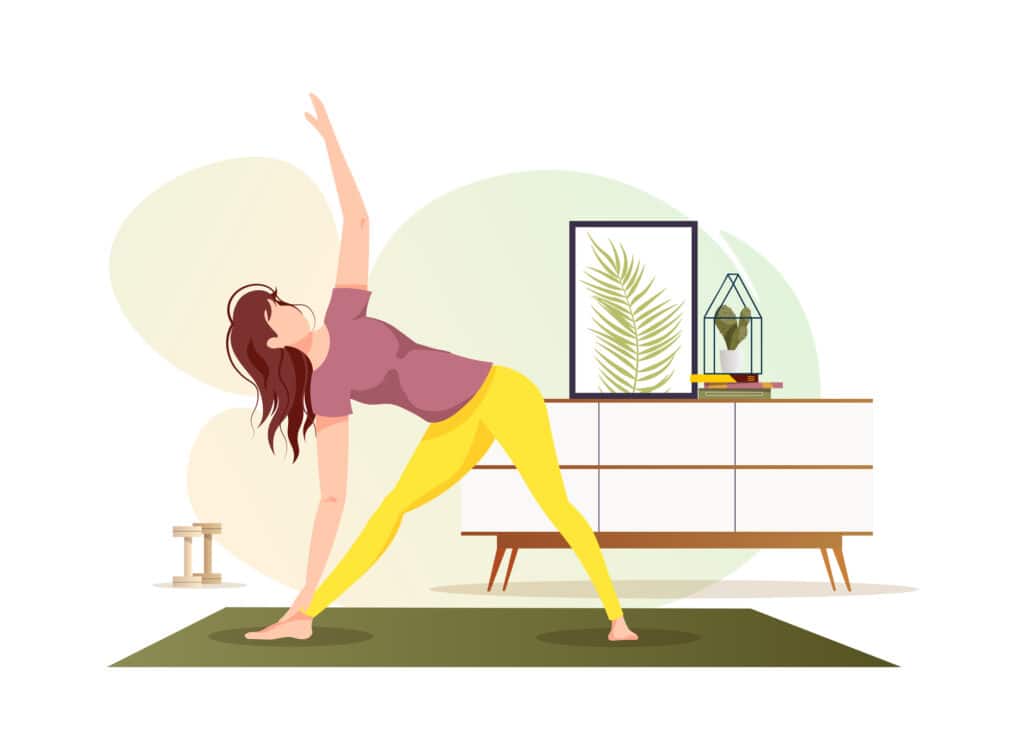
To manage ADHD, try incorporating both cardiovascular exercises (like running, cycling, or swimming) and mind-body exercises (such as yoga or Tai Chi).
Alternatively, you could take some time to do some quick push ups or situps.
Aim for at least 150 minutes of moderate-intensity cardiovascular exercise per week and make sure to regularly practice mind-body exercises that focus on mindfulness and gentle movements.
Doing these exercises can boost your mood, improve your sleep, reduce anxiety, and make you feel better overall. Set realistic goals, have fun with it, stay consistent, get support from friends if you can, and listen to your body during workouts. You will get the most health benefits for managing your ADHD symptoms.
Final Thoughts
So there you have it, a list of effective ways you can use to manage your ADHD symptoms and find calm and emotional regulation.
We’ve got good nutrition that helps fuel your body and brain (remember those Omega-3s!), getting a dose of sunlight to help boost your mood and focus (but don’t forget the sunscreen!), and regular physical activities like some heart-pumping cardio or calming yoga to ease anxiety and improve sleep.
With consistent effort, you are more than capable of transforming your life. So, be patient with yourself, celebrate every step you take in the right direction, and most importantly, have fun on this journey towards a calmer, more focused you.
Finally, if you are looking for calming activities for an ADHD child, here’s a list of activities to consider:
Calming Activities for Children with ADHD symptoms
Junk Modeling:
Use aluminum foil, egg boxes, and biscuit boxes to create imaginative sculptures or structures.
Develop fine motor skills and dexterity by using tongs or mini tongs to manipulate and arrange the recycled materials, enhancing hand strengthening activities.
Sensory Activities:
Increase body awareness by gently brushing along the skin or using a vibrating massager for tactile stimulation, promoting a sense of calm through sensory experiences.
Enjoy squeeze games with bottles, toothpaste tubes, or soft salt dough in a plastic bag to experience different textures, providing fun squeezing activities for stress relief.
Scissor Skills:
Practice scissor skills by cutting dough or interesting shapes from various materials like birthday cards, aluminum foil, or egg boxes, enhancing fine motor coordination.
Pegging Clothes:
Play creative games by pegging clothes, soft toys, and clothes pegs to create “hair” or removing clothes pegs from a string for fine motor practice.
Hand Muscles Exercise:
Engage hand muscles with paper scrunching activities and resistance activities, like squeezing empty toothpaste tubes, for additional hand strengthening and stress relief benefits.
Balance and Stability:
Improve balance and stability by holding opposite arm and leg positions or attempting wheelbarrow walks, using soft toys as obstacles in an obstacle course for fun and engaging activities.
Fun Learning:
Make learning fun by creating an educational and playful environment that fosters exploration and creativity. Organize a scavenger hunt for kids to search for and utilize specific items like cabin bed frames or chair legs, adding an exciting and engaging element to the learning experience.

